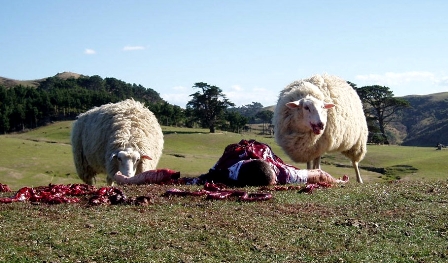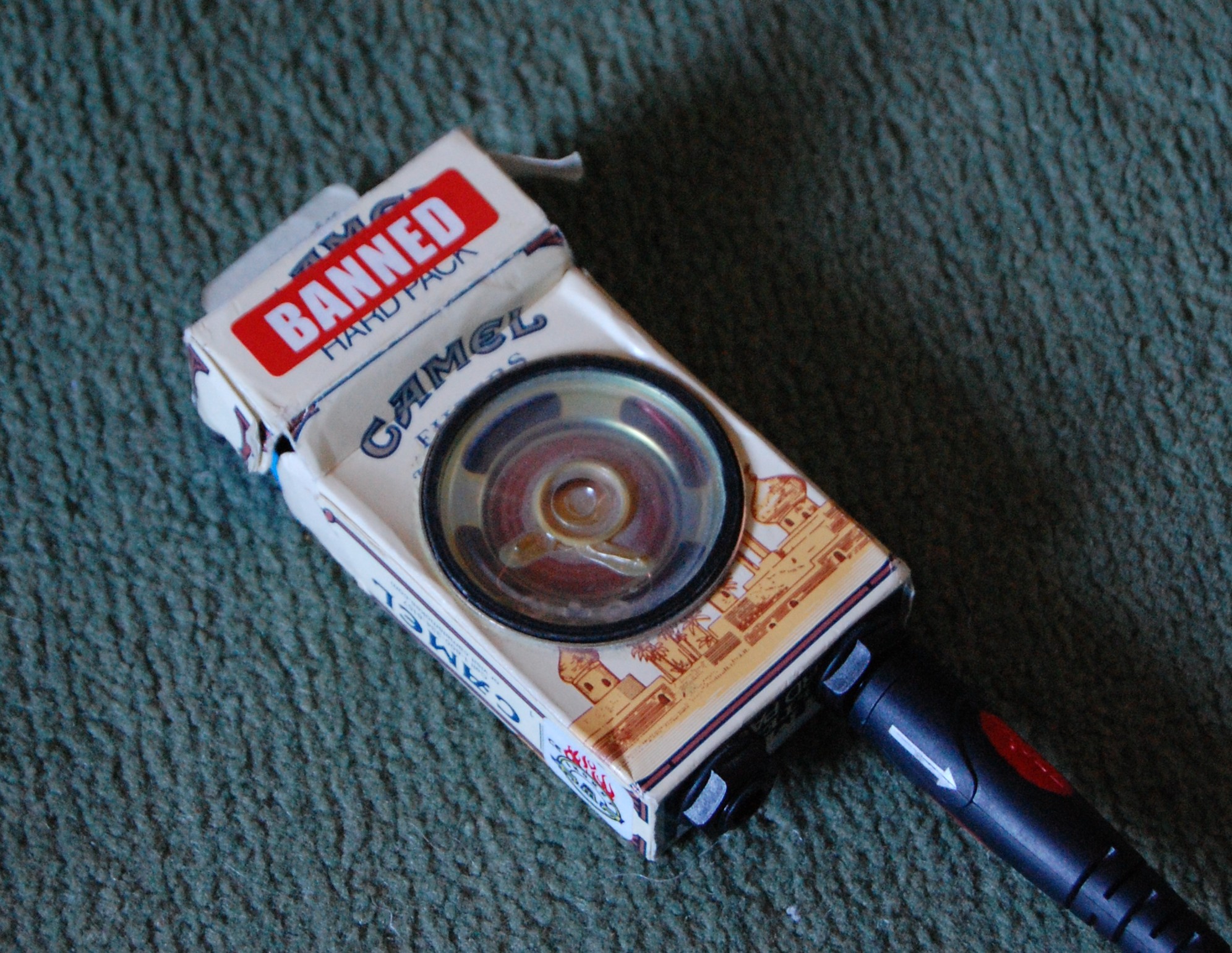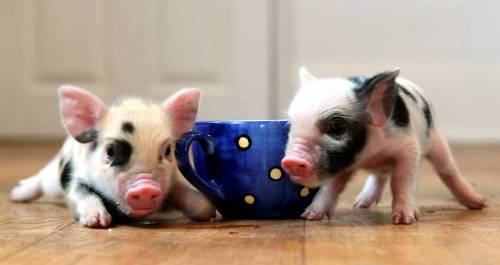Radio 4's programme The Infinite Monkey Cage recently covered the science of sound. It's not a particularly in-depth discussion but still pretty interesting.
Brian Cox and Robin Ince are joined by comedian and former acoustics student Tom Wrigglesworth, Professor of Acoustics Trevor Cox and Professor Chris Plack to discuss the science of sound. Recorded at the home of the BBC Philharmonic in Salford.




